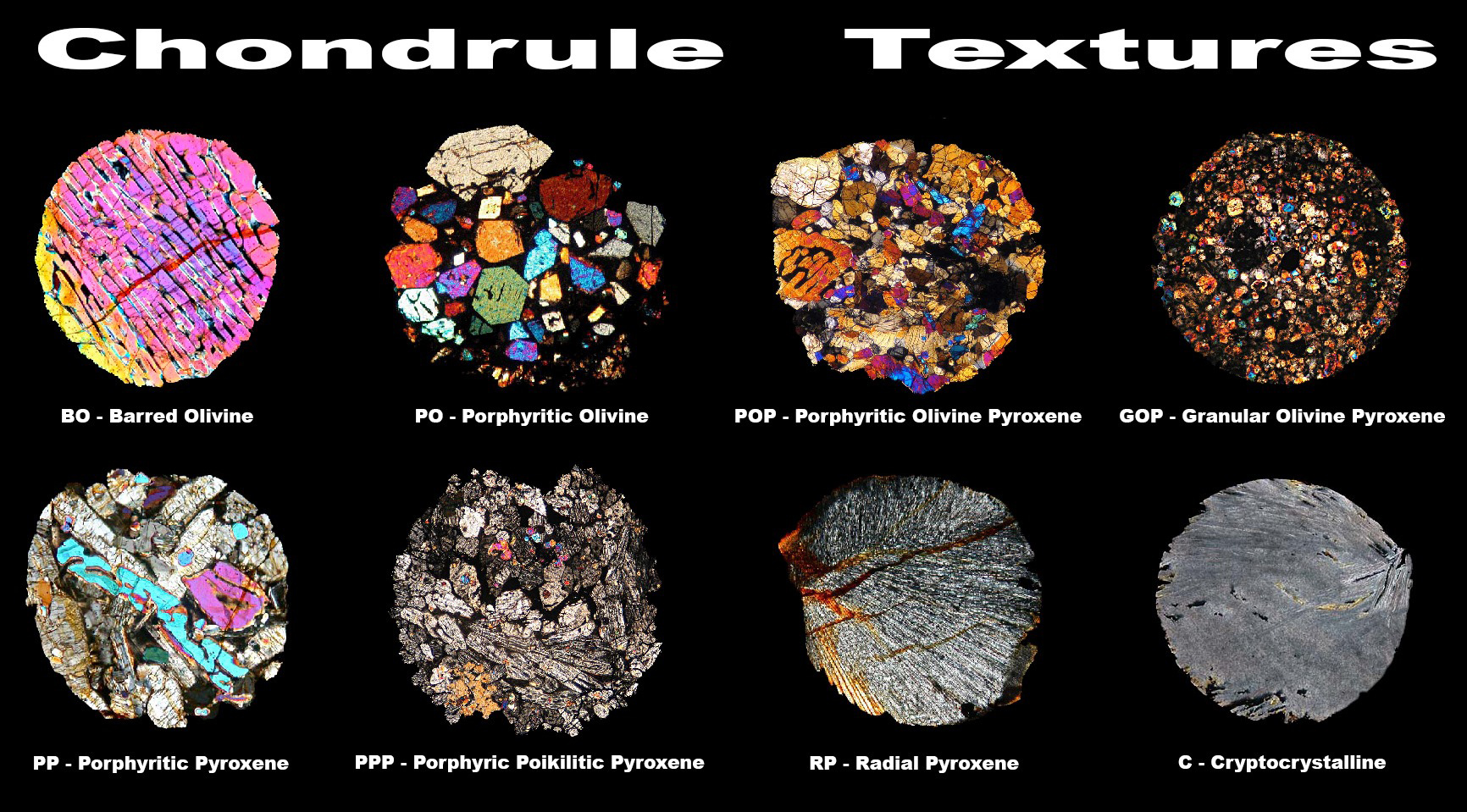|
Bok Prize
The Bok Prize is awarded annually by the Astronomical Society of Australia and the Australian Academy of Science to recognise outstanding research in astronomy by honoring a student at an Australian university. The prize consists of the Bok Medal together with an award of $1000 and ASA membership for the following year. History The prize is named to commemorate the energetic work of Bart Bok in promoting the undergraduate and graduate study of astronomy in Australia, during his term (1957–1966) as Director of the Mount Stromlo Observatory. Past winners SourceAstronomical Society of Australia See also * List of astronomy awards * Prizes named after people A prize is an award to be given to a person or a group of people (such as sporting teams and organizations) to recognize and reward their actions and achievements. References {{Australian Academy ...[...More Info...] [...Related Items...] OR: [Wikipedia] [Google] [Baidu] |
Astronomical Society Of Australia
The Astronomical Society of Australia (ASA) is the professional body representing astronomers in Australia. Established in 1966, it is incorporated in the Australian Capital Territory. Membership of the ASA is open to people "capable of contributing to the advancement of astronomy or a closely related field". This means that the members are mainly active professional astronomers and postgraduate students. Some retired astronomers and distinguished amateur astronomers are also members, and several organisations are corporate members of the society. The ASA currently has around 600 members. It publishes a peer-reviewed journal, ''Publications of the Astronomical Society of Australia''. History At its establishment in 1966, notable astronomer Ben Gascoigne was its first vice-president. Activities The society currently has four topical interest groups: * the Australian National Institute for Theoretical Astrophysics (ANITA), a virtual institute which aims to raise the profile of Aust ... [...More Info...] [...Related Items...] OR: [Wikipedia] [Google] [Baidu] |
Australian Astronomical Observatory
The Australian Astronomical Observatory (AAO), formerly the Anglo-Australian Observatory, was an optical and near-infrared astronomy observatory with its headquarters in North Ryde in suburban Sydney, Australia. Originally funded jointly by the United Kingdom and Australian governments, it was managed wholly by Australia's Department of Industry, Innovation, Science, Research and Tertiary Education. The AAO operated the 3.9-metre Anglo-Australian Telescope (AAT) and 1.2-metre UK Schmidt Telescope (UKST) at Siding Spring Observatory, located near the town of Coonabarabran, Australia. In addition to operating the two telescopes, AAO staff carried out astronomical research, and designed and built astronomical instrumentation for the AAT, UKST, and other telescopes including the European Southern Observatory (ESO)'s Very Large Telescope in Chile, and the Japanese Subaru Telescope on Mauna Kea in Hawaii. UK involvement in the AAO ceased in June 2010, with the change of name and manage ... [...More Info...] [...Related Items...] OR: [Wikipedia] [Google] [Baidu] |
Methanol Masers
An astrophysical maser is a naturally occurring source of stimulated spectral line emission, typically in the microwave portion of the electromagnetic spectrum. This emission may arise in molecular clouds, comets, planetary atmospheres, stellar atmospheres, or various other conditions in interstellar space. Background Discrete transition energy Like a laser, the emission from a maser is stimulated (or ''seeded'') and monochromatic, having the frequency corresponding to the energy difference between two quantum-mechanical energy levels of the species in the gain medium which have been pumped into a non-thermal population distribution. However, naturally occurring masers lack the resonant cavity engineered for terrestrial laboratory masers. The emission from an astrophysical maser is due to a single pass through the gain medium and therefore generally lacks the spatial coherence and mode purity expected from a laboratory maser. Nomenclature Due to the differences between ... [...More Info...] [...Related Items...] OR: [Wikipedia] [Google] [Baidu] |
Chondrule
A chondrule (from Ancient Greek χόνδρος ''chondros'', grain) is a round grain found in a chondrite. Chondrules form as molten or partially molten droplets in space before being accreted to their parent asteroids. Because chondrites represent one of the oldest solid materials within the Solar System and are believed to be the building blocks of the planetary system, it follows that an understanding of the formation of chondrules is important to understand the initial development of the planetary system. Abundance and size Different kinds of the stony, non-metallic meteorites called chondrites contain different fractions of chondrules (see table below). In general, carbonaceous chondrites contain the smallest percentage (by volume) of chondrules, including the CI chondrites which, paradoxically, do not contain ''any'' chondrules despite their designation as chondrites, whereas ordinary and enstatite chondrites contain the most. Because ordinary chondrites represent 80% o ... [...More Info...] [...Related Items...] OR: [Wikipedia] [Google] [Baidu] |
University Of Melbourne
The University of Melbourne is a public research university located in Melbourne, Australia. Founded in 1853, it is Australia's second oldest university and the oldest in Victoria. Its main campus is located in Parkville, an inner suburb north of Melbourne's central business district, with several other campuses located across Victoria. Incorporated in the 19th century by the colony of Victoria, the University of Melbourne is one of Australia's six sandstone universities and a member of the Group of Eight, Universitas 21, Washington University's McDonnell International Scholars Academy, and the Association of Pacific Rim Universities. Since 1872, many residential colleges have become affiliated with the university, providing accommodation for students and faculty, and academic, sporting and cultural programs. There are ten colleges located on the main campus and in nearby suburbs. The university comprises ten separate academic units and is associated with numerous institut ... [...More Info...] [...Related Items...] OR: [Wikipedia] [Google] [Baidu] |
University Of Adelaide
The University of Adelaide (informally Adelaide University) is a public research university located in Adelaide, South Australia. Established in 1874, it is the third-oldest university in Australia. The university's main campus is located on North Terrace in the Adelaide city centre, adjacent to the Art Gallery of South Australia, the South Australian Museum, and the State Library of South Australia. The university has four campuses, three in South Australia: North Terrace campus in the city, Roseworthy campus at Roseworthy and Waite campus at Urrbrae, and one in Melbourne, Victoria. The university also operates out of other areas such as Thebarton, the National Wine Centre in the Adelaide Park Lands, and in Singapore through the Ngee Ann-Adelaide Education Centre. The University of Adelaide is composed of three faculties, with each containing constituent schools. These include the Faculty of Sciences, Engineering and Technology (SET), the Faculty of Health and Medical S ... [...More Info...] [...Related Items...] OR: [Wikipedia] [Google] [Baidu] |
Lisa Kewley
Lisa Jennifer Kewley (born 1974) is a Professor and Director of the ARC Centre of Excellence for All Sky Astrophysics in 3-D (ASTRO 3-D) and ARC Laureate Fellow at the Australian National University College of Physical and Mathematical Sciences. Specialising in galaxy evolution, she won the Annie Jump Cannon Award in Astronomy in 2005 for her studies of oxygen in galaxies, and the Newton Lacy Pierce Prize in Astronomy in 2008. In 2014 she was elected a fellow of the Australian Academy of Science. In 2020 she received the James Craig Watson Medal. In 2021 she was elected as an international member of the National Academy of Sciences. In 2022 she became the first female director of the Center for Astrophysics Harvard & Smithsonian. Life Kewley was raised in South Australia. Her parents encouraged engagement with the sciences and she was influenced by a high school physics teacher, and participation at a school stargazing camp, to become interested in astronomy. After school, sh ... [...More Info...] [...Related Items...] OR: [Wikipedia] [Google] [Baidu] |
Magnetised Plasma
Plasma ()πλάσμα , Henry George Liddell, Robert Scott, ''A Greek English Lexicon'', on Perseus is one of the . It contains a significant portion of charged particles – s and/or s. The presence of these charged particles is what primarily sets plasma apart from the other fundamental states of matter. It is the most abundant form of |
Fine Structure Constant
In physics, the fine-structure constant, also known as the Sommerfeld constant, commonly denoted by (the Greek letter ''alpha''), is a fundamental physical constant which quantifies the strength of the electromagnetic interaction between elementary charged particles. It is a dimensionless quantity, independent of the system of units used, which is related to the strength of the coupling of an elementary charge ''e'' with the electromagnetic field, by the formula . Its numerical value is approximately , with a relative uncertainty of The constant was named by Arnold Sommerfeld, who introduced it in 1916 Equation 12a, ''"rund 7·" (about ...)'' when extending the Bohr model of the atom. quantified the gap in the fine structure of the spectral lines of the hydrogen atom, which had been measured precisely by Michelson and Morley in 1887. Definition In terms of other fundamental physical constants, may be defined as: \alpha = \frac = \frac , where * is the elementar ... [...More Info...] [...Related Items...] OR: [Wikipedia] [Google] [Baidu] |
University Of New South Wales
The University of New South Wales (UNSW), also known as UNSW Sydney, is a public research university based in Sydney, New South Wales, Australia. It is one of the founding members of Group of Eight, a coalition of Australian research-intensive universities. Established in 1949, UNSW is a research university, ranked 44th in the world in the 2021 ''QS World University Rankings'' and 67th in the world in the 2021 ''Times Higher Education World University Rankings''. It is one of the members of Universitas 21, a global network of research universities. It has international exchange and research partnerships with over 200 universities around the world. According to the 2021 QS World University Rankings by Subject, UNSW is ranked top 20 in the world for Law, Accounting and Finance, and 1st in Australia for Mathematics, Engineering and Technology. UNSW is also one of the leading Australian universities in Medicine, where the median ATAR (Australian university entrance examination re ... [...More Info...] [...Related Items...] OR: [Wikipedia] [Google] [Baidu] |
Warm Ionised Medium
In astronomy, the interstellar medium is the matter and radiation that exist in the space between the star systems in a galaxy. This matter includes gas in ionic, atomic, and molecular form, as well as dust and cosmic rays. It fills interstellar space and blends smoothly into the surrounding intergalactic space. The energy that occupies the same volume, in the form of electromagnetic radiation, is the interstellar radiation field. The interstellar medium is composed of multiple phases distinguished by whether matter is ionic, atomic, or molecular, and the temperature and density of the matter. The interstellar medium is composed, primarily, of hydrogen, followed by helium with trace amounts of carbon, oxygen, and nitrogen. The thermal pressures of these phases are in rough equilibrium with one another. Magnetic fields and turbulent motions also provide pressure in the ISM, and are typically more important, dynamically, than the thermal pressure is. In the interstellar medium, ma ... [...More Info...] [...Related Items...] OR: [Wikipedia] [Google] [Baidu] |
HII Regions
An H II region or HII region is a region of interstellar atomic hydrogen that is ionized. It is typically in a molecular cloud of partially ionized gas in which star formation has recently taken place, with a size ranging from one to hundreds of light years, and density from a few to about a million particles per cubic centimetre. The Orion Nebula, now known to be an H II region, was observed in 1610 by Nicolas-Claude Fabri de Peiresc by telescope, the first such object discovered. The regions may be of any shape because the distribution of the stars and gas inside them is irregular. The short-lived blue stars created in these regions emit copious amounts of ultraviolet light that ionize the surrounding gas. H II regions—sometimes several hundred light-years across—are often associated with giant molecular clouds. They often appear clumpy and filamentary, sometimes showing intricate shapes such as the Horsehead Nebula. H II regions may give birth to thousan ... [...More Info...] [...Related Items...] OR: [Wikipedia] [Google] [Baidu] |







